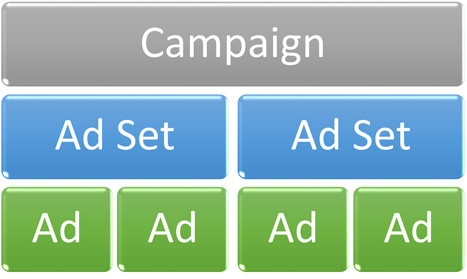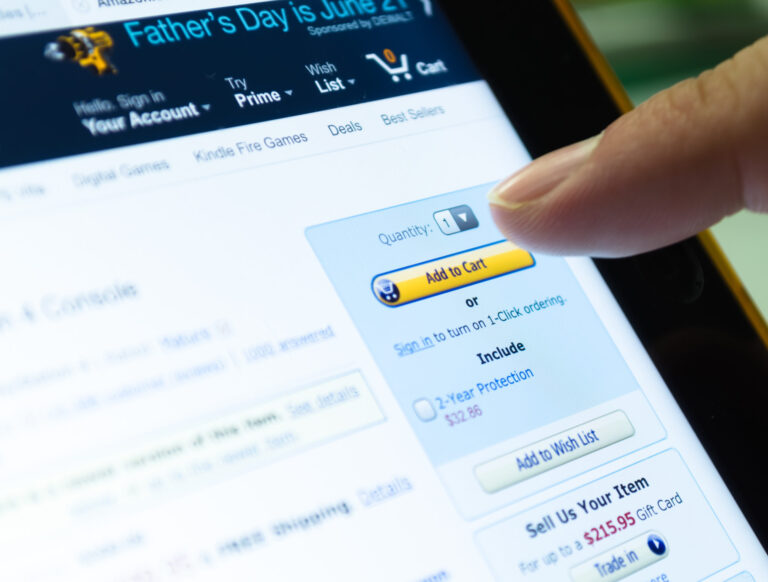The holiday season is unlike any other time of year and it’s important that your ecommerce store is ready for anything and everything.
Whether you have big corporate offices like Amazon or you’re running a new online business from home, there’s a long checklist for all retailers to do before the holiday rush begins.
From Black Friday to Cyber Monday and until the new year, customer experience is the biggest priority and one key to success is having a strong holiday customer service process in place.
Are you looking for new ideas on how to use customer service automation to boost customer satisfaction and sales from last year? You’ve come to the right place.
How to Create A Successful Holiday Customer Service Strategy
- Implement and learn Google Analytics.
- Identify revenue opportunities.
- Start conversing.
- Use chat automation to offer personalized AOV boosters.
- Make chatbots the cornerstone of your holiday customer service strategy.
- Plan ahead.
- Tie everything back to revenue.
- Have fun.
One topic that is crucial to revenue, but often not actively talked about, is how integral a part customer service places in the revenue equation.
Customer service is a revenue center. Period. Businesses need to start paying attention to how they can increase conversations with customers through thoughtfully integrated experiences as a means to boost conversions and extend customer loyalty.
The more conversations you have, regardless of topic and timing, and the more positive experiences you can offer, the more likely you are to make all customer experiences and transactions smoother.
Here are some steps to follow:
1. Implement and learn Google Analytics.
Before you can start to measure your business success, you need a tool designed to keep track of important metrics.
Google Analytics is a free and powerful tool to learn for any business owner. Getting this implemented before the holiday rush is a good idea.
2. Identify revenue opportunities.
Months before the holidays, you’ve spent countless hours optimizing your storefront for SEO, load speed and general prettiness. And you’ve spent even more hours and money on conversion rate optimization,Facebook ads, Instagram ads, Google CPC and retargeting.
But did you know that all that time and money you’ve spent might end up going down a drain? That’s a sad story.
To prevent this from happening, you need to invest some time in identifying revenue opportunities for each individual marketing channel.
Some questions you should be asking yourself:
- Where are our marketing activities happening right now?
- What types of messaging are we using to attract customers?
- What happens (or should happen) when customers arrive on our storefront as a result of one of our marketing activities?
- What is the customer experience like from there on out?
- What do we know about the customer that we can use to our advantage?
Revenue opportunities can be difficult to define sometimes, because everything looks like an opportunity. Sooner or later, the line starts to blur. Around the holidays, however, revenue opportunities are more distinct and can be easily targeted.
Most holiday campaigns are geared toward promotions and discounts. This means your marketing activities will revolve around messages like: free shipping, BOGO, bulk discounts, new customer promotions, repeat customer promotions, VIP specials, free gifts with purchase and urgency-related checkout incentives.
Each campaign should be tied into your holiday promotions and communications calendar, email segmentation and frequency strategies, custom holiday landing pages, and top-selling product notifications using referral links, UTM tags (the method Google Analytics uses to track unique URLs) and other identifiers.
In addition, you need to think about how every campaign and related communications activities impact your customer service.
For example, when you run a specific holiday marketing campaign like a Facebook ad to announce “Black Friday Free Gift With Purchase,” the goal is to incentivize new and returning customers to purchase.
When customers click on your ad and arrive on your storefront, try to formulate a firm and clear understanding of what you expect them to do and what you think they might be expecting. Those are two very different mentalities.
But even when customers click on your ad, indicating intent, it’s difficult to nudge them into a conversion funnel due to differing expectations. This is where customer service comes in.
3. Start conversing.
Because you know where customers are coming from and what they’re showing interest and intent for, starting a conversation with them is the best way to address differing expectations.
Conversations allow you to reset expectations while simultaneously offering a personalized and welcoming shopping experience, including with live chat.
Live chat has evolved beyond a simple widget that customers can use to contact you. Modern live chat solutions augment real-time conversations with in-depth customer insights that are powerful enough to move customers from a simple message to a conversion.
Plenty of modern customer service tools today will also give you the ability to trigger automated conversations based on where customers are coming from, who they are, and even based on proprietary customer data. These automated conversations give you the ability to offer personalized customer service at scale.
Engaging customers automatically should be the first step you take to increase the ROI of your holiday marketing campaigns, because they prevent revenue opportunities from getting lost in the weeds.
Take this opportunity to introduce customers to your brand’s ability to maintain continuity of service wherever they are in their shopping lifecycle.
4. Use chat automation to offer personalized AOV boosters.
The key to increasing your average order value (AOV) is understanding the customer’s lifecycle as they evolve through every interaction.
Traditional methods for increasing AOV include simple header banners informing customers that they’ll get free shipping if they purchase at least $50. Or, you can manually display messages that they’ll qualify for a free gift if they add more to the cart.
While these methods have been proven to work, they’re easily missed, lack personalization and cannot be easily measured for effectiveness.
During holiday shopping, customers are easily incentivized to increase their order size and become more receptive to being marketed to. You can improve your AOV processes by leveraging automated customer support tools:
- When customers are looking at product A, tell them that lots of customers also purchase product B.
- When customers have $30 worth of items in their shopping cart, inform them that they’re just $20 away from qualifying for free shipping or free gifts.
- When customers attempt to abandon the site or cart, alert them that they’re just $10 away from qualifying for other benefits.
In addition to introducing all customers to bundled offers during the holidays, brands should also focus on delivering on-site chat automation to increase new customer acquisition and return customer reacquisition.
5. Make chatbots the cornerstone of your holiday customer service strategy.
Now that you have some chat automation set up for your store, engaging holiday shoppers should be much more scalable.
But what should you do when customers want to engage you?
If you haven’t had time to ramp up resources to help customers answer common questions yet, employing the help of chatbots will help increase customer satisfaction, reduce response times and boost AOV all at the same time.
Chatbots that leverage machine learning, NLU (Natural Language Understanding) and decision trees are here to stay — and to help you create a more engaging customer experience.
6. Plan ahead.
When you plan ahead so all your tools can speak the same language, you can effectively reduce repetitive tasks, including searching for order data, checking newsletter subscriptions and verifying loyalty points
That leaves you more time to help customers check out and build valuable relationships.
When the holidays roll around, you’ll have something to be thankful for when customer data is easily accessible and updatable in one place.
7. Tie everything back to revenue.
We’re now ready to see if everything I’ve talked about from steps 1–7 actually leads to more revenue.
For this, we need to go back to step 1: Google Analytics. Because we need to understand how each customer service driven engagement impacts revenue, the first action item is to create goals.
Goals are defined differently for each business, but the most common one is probably when someone places an order.
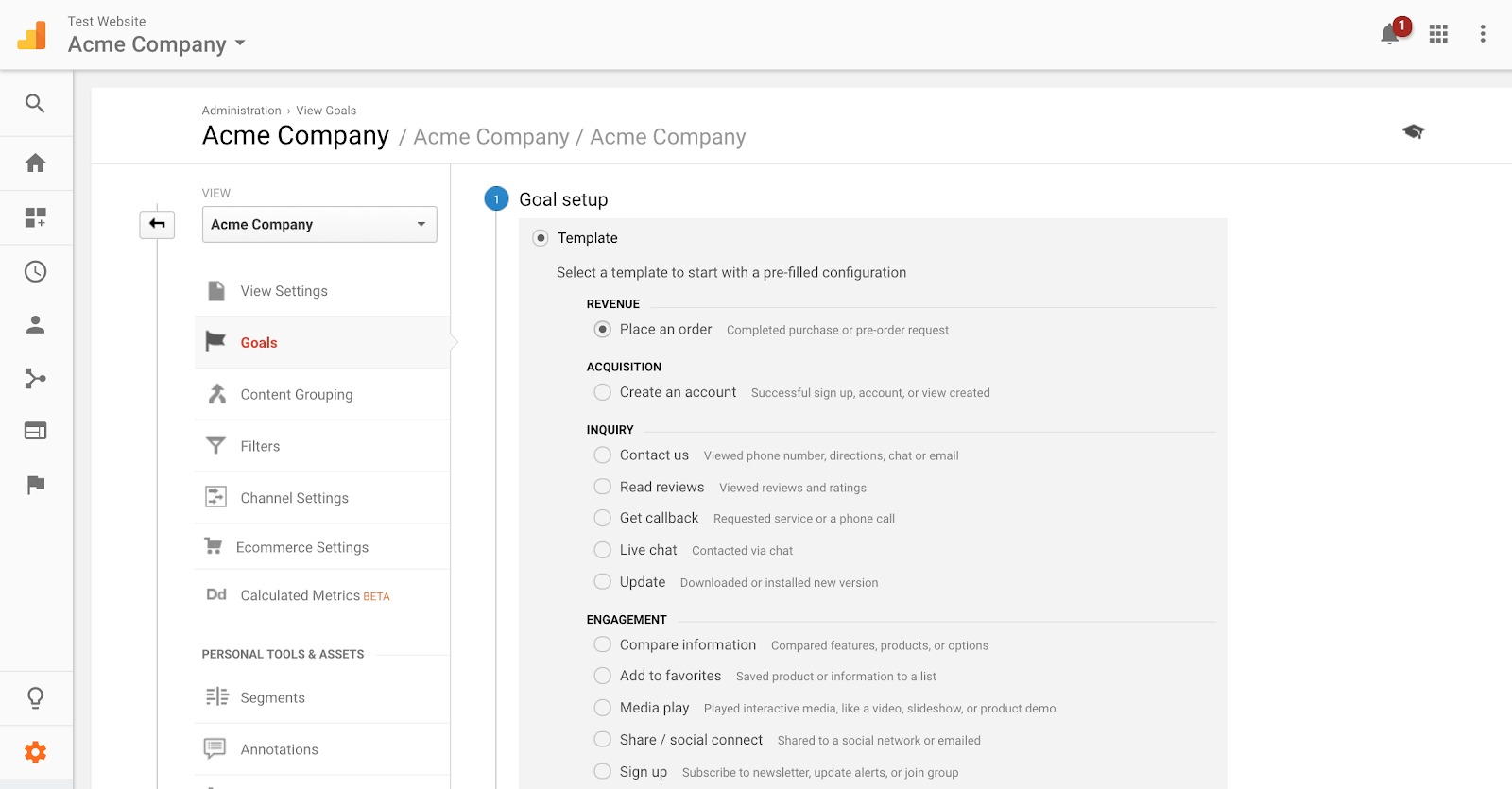

With your goals in place, you’ll need to learn how to create segments to filter out customers that have performed specific event actions such as clicking on an automated chat message, chatting with an agent or interacting with a chatbot.
Combined with goals, segments will be able to show you a subset of customers that have completed goals.
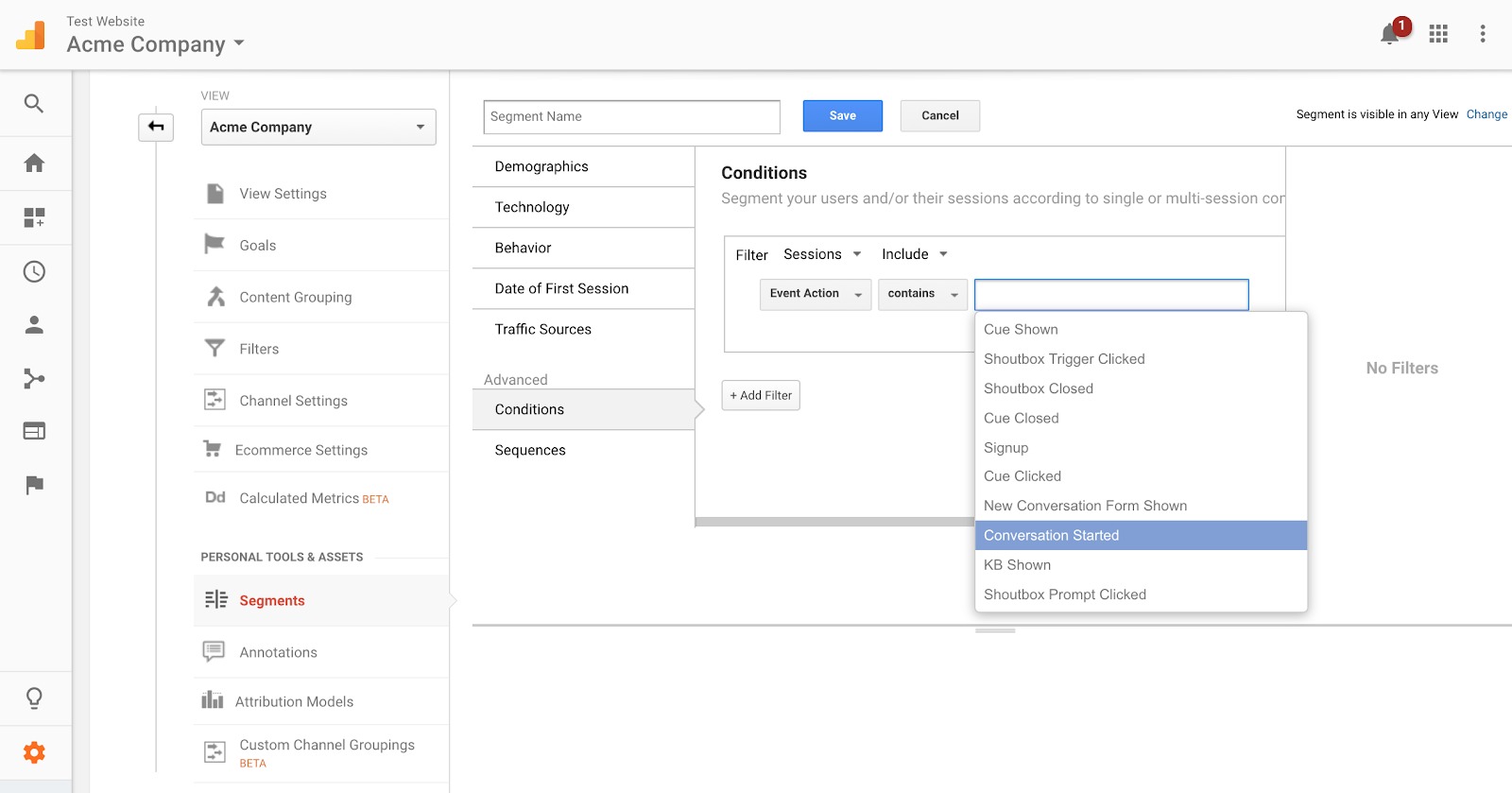

Google Analytics is powerful because it allows you to map conditions to goals as well. You should be able to look for specific customer service event actions and filter them out based on the goal you’ve defined.
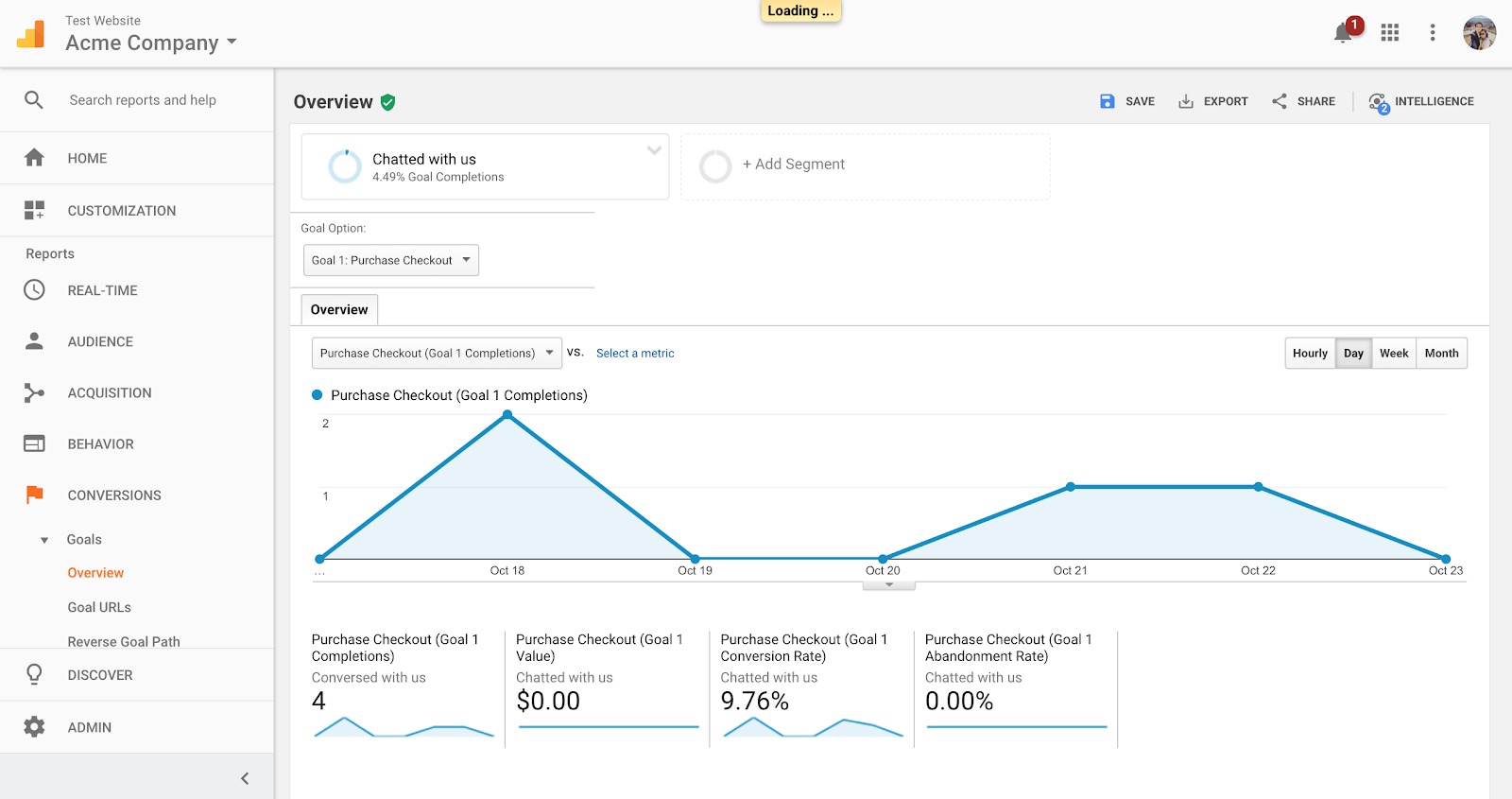

If this is a little bit too much to absorb with just a few screenshots, just remember that you want to measure how well each customer service-driven interaction leads to more revenue.
Beyond that, it’s all about experimentation and staying diligent about how you’re mapping out your customer journey. If certain messages don’t work well, get rid of them and try something else.
8. Have fun.
If you’ve read this far, it means you’re serious about preparing for the holiday rush.
More importantly, it indicates a potential shift in perspective about how much value your customer service operations can bring to the table.
While this writeup is mostly about gearing up for the holidays, the bigger picture is ultimately about delivering awesome customer experiences through personalizing your customer service-level engagements.
For more, you can check out our holiday webinar as well.
At the end of the day, you can’t limit great customer service to just the holidays. It needs to be something you progressively improve upon. You need to start somewhere and simply get better over time.
Customer care during the holidays doesn’t have to be scary. Commit to focusing more of your attention on building out the right engagement points, the right experiences and the right revenue opportunities.
Remember, time flies when you’re having fun!



